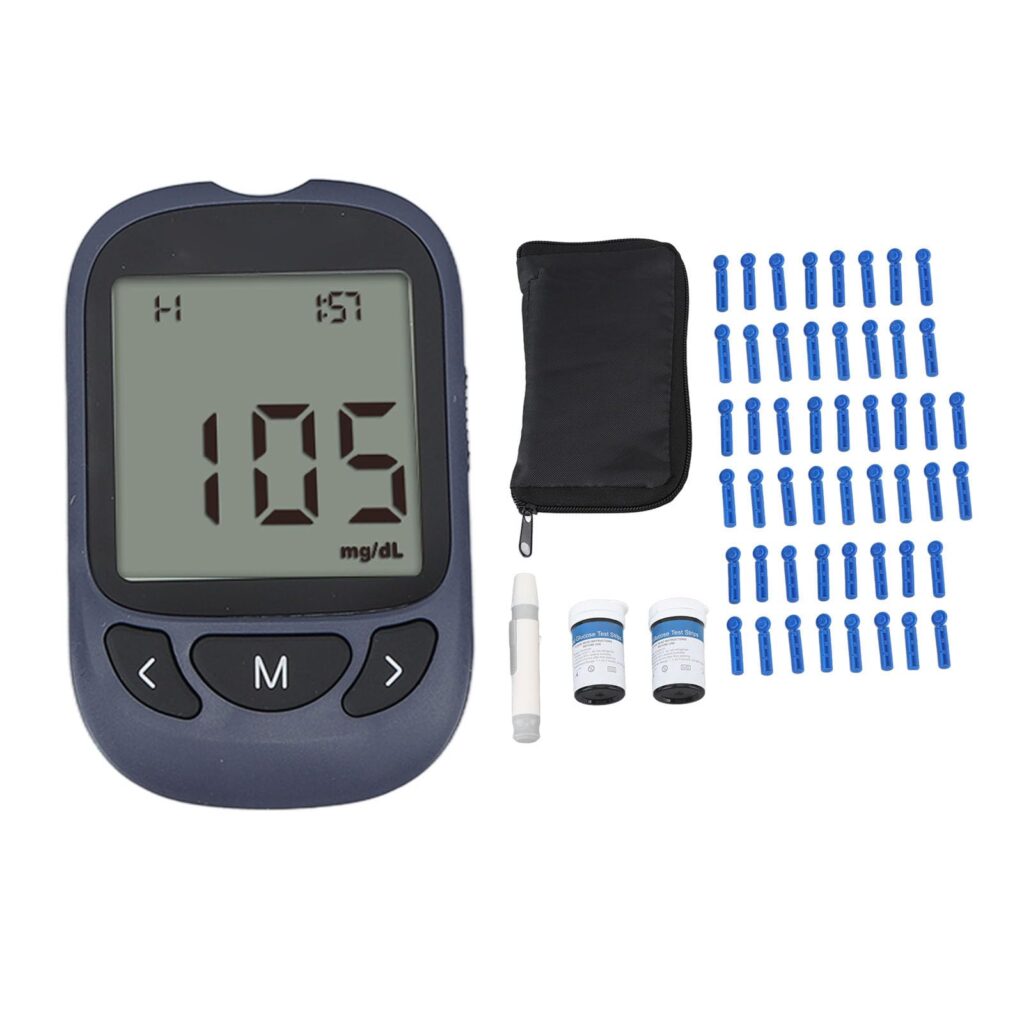Within the intricate landscape of diabetes management, blood glucose monitoring stands as a cornerstone of daily life for millions worldwide. At the heart of this monitoring lies a humble yet indispensable component: the testing strip. These small, often overlooked tools play a pivotal role in enabling individuals to maintain optimal blood sugar control and lead fulfilling lives despite the challenges posed by diabetes. In this exploration, we uncover the significance of testing strips in blood glucose monitoring and shed light on their critical role in diabetes care.
Understanding Testing Strips
Testing strips, also known as glucose test strips, are tiny, disposable components essential for the operation of blood glucose meters. Comprised of specialized chemicals, these strips facilitate the accurate measurement of glucose levels in a blood sample. When blood is applied to the strip, the chemicals react with the glucose present, producing an electric current that the meter then measures to determine the concentration of glucose in the blood.
Accuracy and Reliability
The cornerstone of effective diabetes management hinges on the ability to obtain accurate and reliable blood glucose readings. Testing strips ensure the precision of these measurements, providing individuals with the confidence to make informed decisions regarding medication, diet, and lifestyle choices. Without the reliability afforded by testing strips, individuals would be left navigating the complexities of diabetes management without a reliable compass to guide them.
Convenience and Accessibility
One of the most significant advantages of testing strips lies in their portability and ease of use. Whether at home, work, or on the go, individuals with diabetes can conveniently monitor their blood sugar levels with minimal disruption to their daily routines. The compact size of testing strips allows for discreet testing, empowering individuals to take control of their health with confidence and discretion.
Must Read Does Inserting a Continuous Glucose Monitor Hurt? Comprehensive Guide
Monitoring Trends and Patterns
Beyond providing instantaneous glucose readings, testing strips enable individuals to track long-term trends and patterns in blood sugar levels. By regularly monitoring their blood glucose throughout the day, individuals can identify recurring patterns, such as post-meal spikes or overnight lows. Armed with this valuable information, they can proactively adjust their diabetes management strategies to optimize blood sugar control and minimize the risk of complications.
Exploring Alternatives to Testing Strips
While testing strips remain the gold standard for blood glucose monitoring, advancements in technology have introduced alternative methods for assessing blood sugar levels. While these alternatives may not entirely replace the need for testing strips, they offer complementary approaches to diabetes management in certain scenarios:
Continuous Glucose Monitoring (CGM)
CGM systems utilize sensors inserted under the skin to continuously measure glucose levels in the interstitial fluid. These sensors provide real-time data on glucose trends and patterns, offering valuable insights into fluctuations throughout the day and night. While CGM systems do not eliminate the need for periodic blood glucose testing with testing strips, they offer a more comprehensive view of glucose control and can alert users to impending hypo- or hyperglycemic episodes.
Read Guide about Wegovy Dosage Guide: The Best Way For Weight Loss
Laboratory Blood Tests
Periodic laboratory tests, such as the hemoglobin A1c (HbA1c) test, provide an indication of average blood glucose levels over the preceding two to three months. While these tests offer valuable insights into long-term blood sugar control, they do not replace the need for regular monitoring with testing strips. Laboratory tests serve as supplementary tools for assessing overall diabetes management and guiding treatment decisions.
Also, read about Can Diabetes Be Reversed?
Conclusion
In the intricate tapestry of diabetes management, testing strips emerge as unsung heroes, empowering individuals to take control of their health through accurate and reliable blood glucose monitoring. While advancements in technology have introduced alternative methods for assessing blood sugar levels, testing strips remain the cornerstone of effective diabetes management. Their precision, convenience, and ability to track trends make them indispensable tools for individuals navigating the complexities of life with diabetes. As we continue to strive for innovation and progress in diabetes care, let us never underestimate the profound impact of these humble yet essential components: testing strips.


